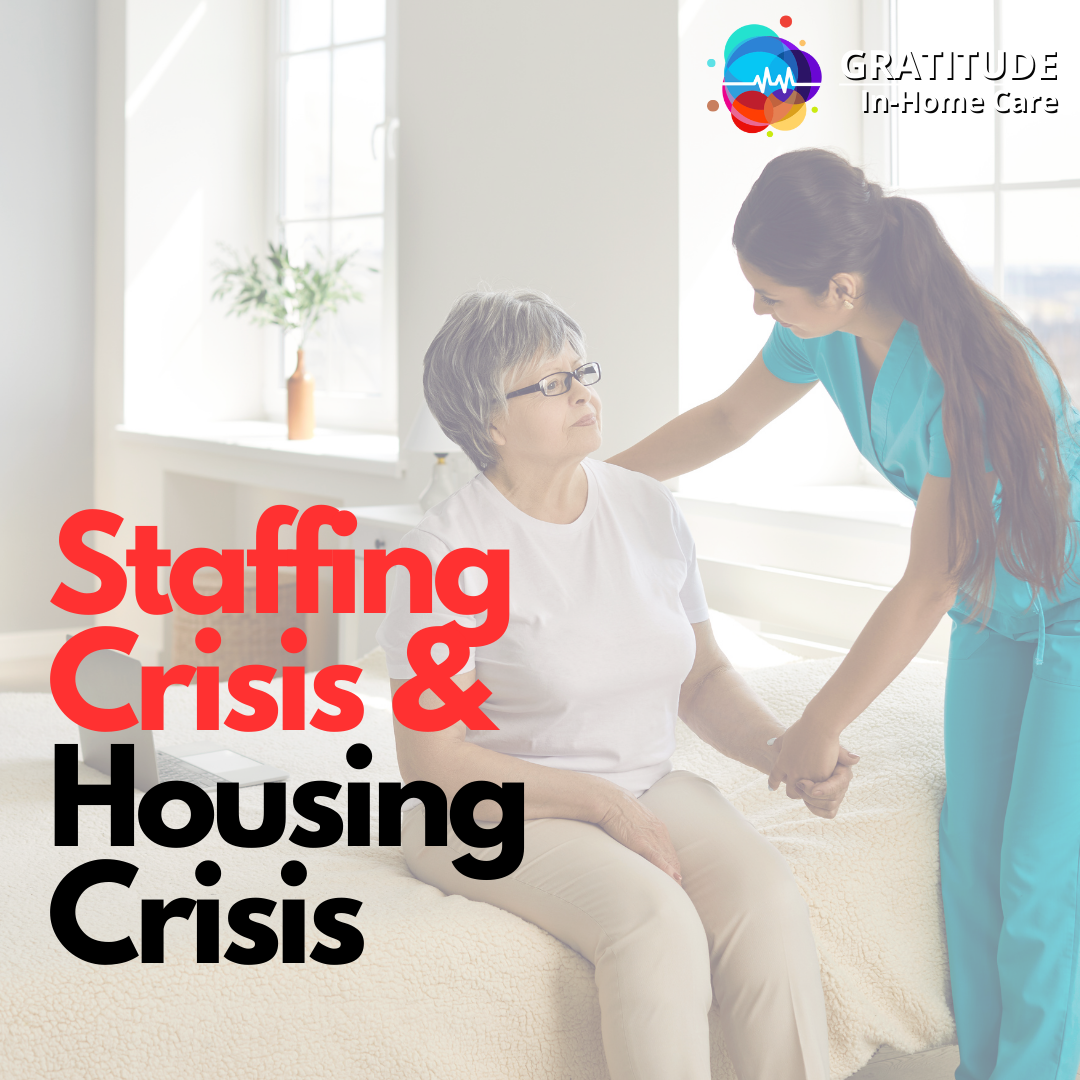Australia heavily relies on essential workers to keep the country functioning smoothly, but unfortunately, many of these vital individuals struggle to afford basic housing. This financial strain sheds light on the ongoing labour shortages faced by key industries, as the workers cannot manage to reside in areas most affected by the shortfall.
Kasy Chambers, the executive director of Anglicare Australia, highlights the significant issue arising from this disparity. She points out that practically no region in Australia remains affordable for essential workers such as those in aged care, early childhood education, cleaning, nursing, and various other crucial roles that society depends on.
In a study conducted on March 17, researchers examined 45,895 rental listings nationwide. The objective was to determine the availability of listings priced at less than 30 percent of the standard wage for 16 categories of essential workers. The study revealed that aged care workers had the financial capacity to afford only 1.1 percent of available rentals, while nurses could manage 1.5 percent, and ambulance drivers could afford 2.4 percent.
Ms. Chambers suggests that the most effective way to enhance rental affordability involves constructing social and affordable housing. She emphasizes the need for tax reforms that prioritize individuals in need of housing rather than investors.
If this legislation is approved, it would encourage more funding towards social housing. The demand for increased social and affordable housing is substantial, but the implementation should occur gradually over several decades, avoiding hasty actions with unattainable targets.
Emma King, the chief executive of the Victorian Council of Social Service, suggests that the state should reconsider its plans concerning substantial property developers contributing to social and affordable housing efforts. She proposes that Victoria should adopt a comprehensive set of reforms, which could encompass measures like rent controls, inclusionary zoning, contributions from developers, and reducing incentives that drive up housing prices.
Dr. Fotheringham proposes an alternative to a two-year rent freeze, drawing inspiration from the ACT’s approach. The ACT has regulations in place that prevent landlords from increasing rents by more than 110 percent of headline inflation. This strategy could prove more effective in addressing housing affordability concerns.
Get in contact for any in-home aged care inquiries and to arrange a free consultation.
🌐 http://www.gihc.com.au/
📞 1300 912 155, (03) 9863 6149
📧 info@gihc.com.au 📧 marcus@gihc.com.au


Learn more about our in-home Aged Care Services

Try our calculator for self-funded individuals!
We understand that it can be stressful trying to figure out how much money the care you need will cost. We’ve made it easy to figure out how much it will cost for even the most complicated of care plans.


